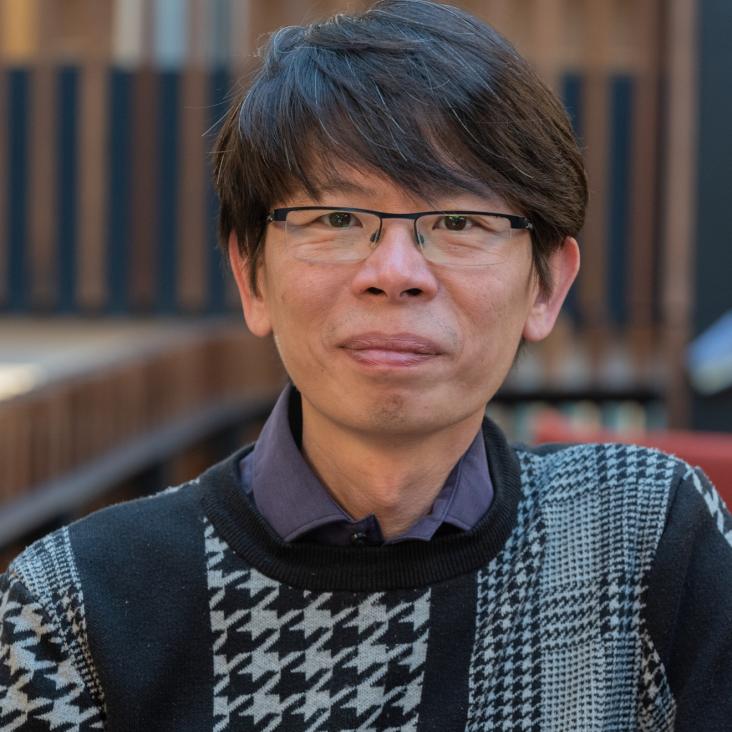Generation of Local Oscillator Signal via Photomixing
Chapter in Development of Coherent Detector Technologies for Sub-Millimetre Wave Astronomy Observations, Springer Nature (2016) 147-156
Introduction
Chapter in Development of Coherent Detector Technologies for Sub-Millimetre Wave Astronomy Observations, Springer Nature (2016) 1-14
List of All Beam Patterns Measured Up to Date
Chapter in DEVELOPMENT OF COHERENT DETECTOR TECHNOLOGIES FOR SUB-MILLIMETRE WAVE ASTRONOMY OBSERVATIONS, (2016) 201-203
Multiple Flare-Angle Smooth-Walled Horn
Chapter in Development of Coherent Detector Technologies for Sub-Millimetre Wave Astronomy Observations, Springer Nature (2016) 15-36
SIS Mixer Theory
Chapter in Development of Coherent Detector Technologies for Sub-Millimetre Wave Astronomy Observations, Springer Nature (2016) 37-55


